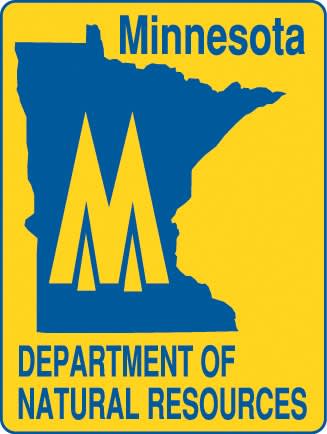Minnesota DNR Launches New Web Page About Threat to Minnesota’s Bats

The Minnesota Department of Natural Resources (DNR) Minnesota Biological Survey has released a new Web page at www.dnr.state.mn.us/wns/index.html that is devoted to White-nose Syndrome in bats (or WNS). This disease has devastated bat populations in the eastern United States and threatens those in the Midwest.
“Minnesota’s bats are healthy today, but that may change,” said Gerda Nordquist, Minnesota Biological Survey mammalogist and state contact for WNS issues. “We need to do everything we can to prevent or delay the spread of WNS into the state.”
The website provides updates on the extent of the disease, the importance of bats, DNR activity to watch for the disease and what citizens can do to help.
The disease name, White-nose Syndrome, comes from the white fungus that was observed on the muzzles, ears and wings of infected bats.
“But it is important to distinguish bats with the WNS fungus from bats with other molds or fungi,” Nordquist said. “More often, other unusual behavior will be observed, such as bats flying during the day in the winter or roosting outside when temperatures are below freezing.”
A link to report sick or dead bats is available at www.dnr.state.mn.us/reportbats/index.html. These reports will be reviewed by DNR staff. Follow-up or testing will be conducted, as needed.
An article on WNS and Minnesota’s bats appears in Minnesota Conservation Volunteer magazine at www.dnr.state.mn.us/volunteer/julaug11/white_nose.html.
More information is available at www.whitenosesyndrome.org/.

